This weekend a brace of blackcurrant bushes barged their way onto the soft fruit section of our plot. Here are five fascinating facts about the darkest member of the currant family…
Currant Bens
Originating in Tibet, blackcurrants have been grown for centuries with the standard plant of choice ‘Baldwin’ kicking around for about 150 years. Back in the 1970s the Scottish Crop Research Institute began developing self pollinating, higher yielding, disease resistant varieties and gave them all the very Scottish prefix ‘Ben’. The first of these, Ben Lomond, reached the nation’s gardens in 1975 and is the variety we’ve plumped for on our plot.
Currant bans
In the early 1900s several American states BANNED the blackcurrant as they thought it helped spread a fungus that threatened the pine timber industry. Many of these states have only lifted this ban in the last ten years and some – including Maine and New Hampshire – still have to go without their currant fix.
Currant cures
Blackcurrants are rammed full with vitamin C (more than any other natural food stuff if some bits of the internet are to be believed) and over the centuries they have been used to aid all sorts of ailments including dysentery, gout and circulation problems. Some folk also dab it on their skin to soothe dermatosis, eczema and insect stings.
Currant leaves
The leaves are also used for culinary purposes and are said to have anti-rheumatic properties. Blackcurrant leaf tea is especially popular and they can also be used to infuse vodka.
Currant cocktails
Blackcurrant flavours one of France’s favourite liqueurs – crème de cassis – which in turn is added to wine or champagne for the trendy cocktails Kir or Kir Royal. Blackcurrant cordial is a popular ‘cocktail’ mixer for many juvenile drinkers’ vomit-inducing booze of choice – ‘diesel’ (aka snakebite and black (aka cider and lager and black)).


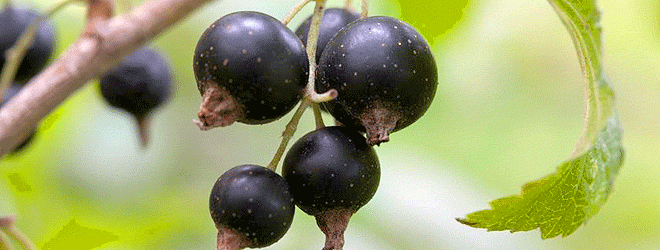
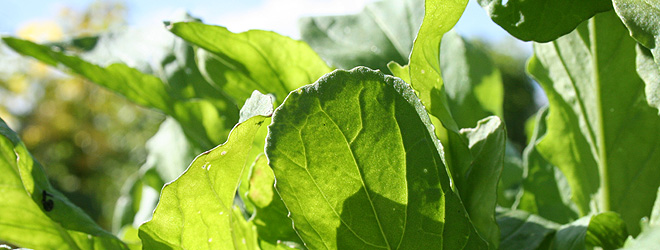
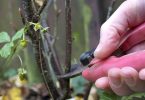
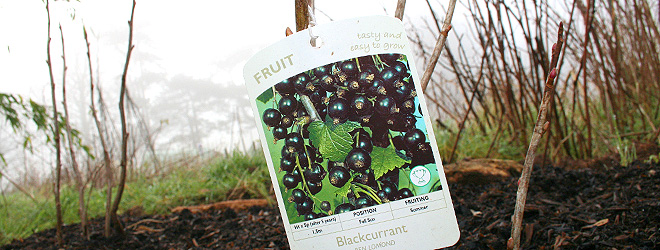
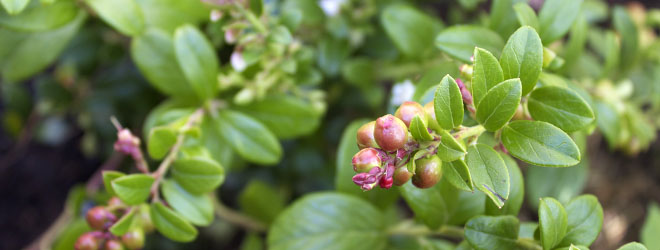

[…] “For some fascinating blackcurrant facts, including why they were banned in America, click here.” […]